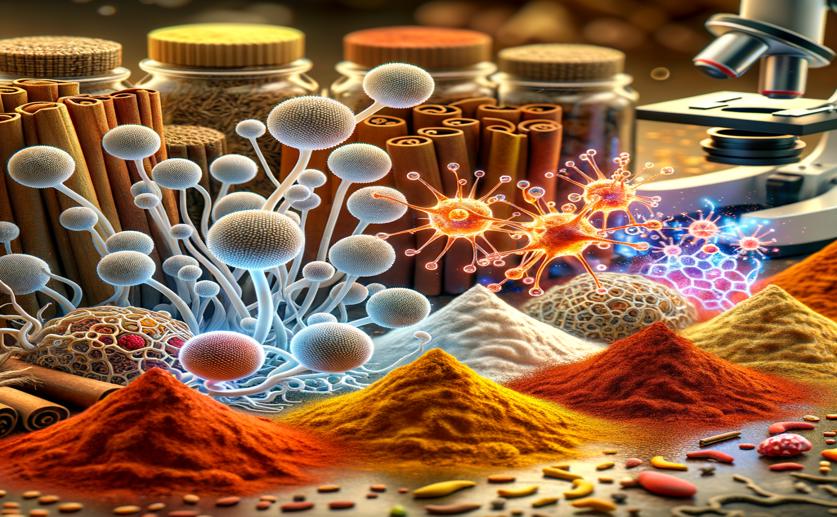
Detecting Harmful Fungi and Toxins in Spices with Advanced Molecular Techniques
Greg Howard
17th May, 2024

Image Source: Natural Science News, 2024
Key Findings
- The study by the University of Sulaimani investigated fungal contamination in 35 spice samples commonly used in Iraq
- Aspergillus species were the most common fungi found, with high toxigenicity detected in A. flavus strains
- Significant levels of harmful mycotoxins, aflatoxins, and ochratoxins were detected in black pepper and red chili, posing health risks
References
Main Study
1) Assessment of fungal species in some spices using molecular study with detection of their mycotoxins using chromatography analysis.
Published 16th May, 2024
https://doi.org/10.1002/bmc.5889
Related Studies
2) Molecular profile of aflatoxigenic and non-aflatoxigenic isolates of Aspergillus flavus isolated from stored maize.
3) Characterization of aflatoxin producing Aspergillus flavus from food and feed samples.



 11th May, 2024 | Jenn Hoskins
11th May, 2024 | Jenn Hoskins